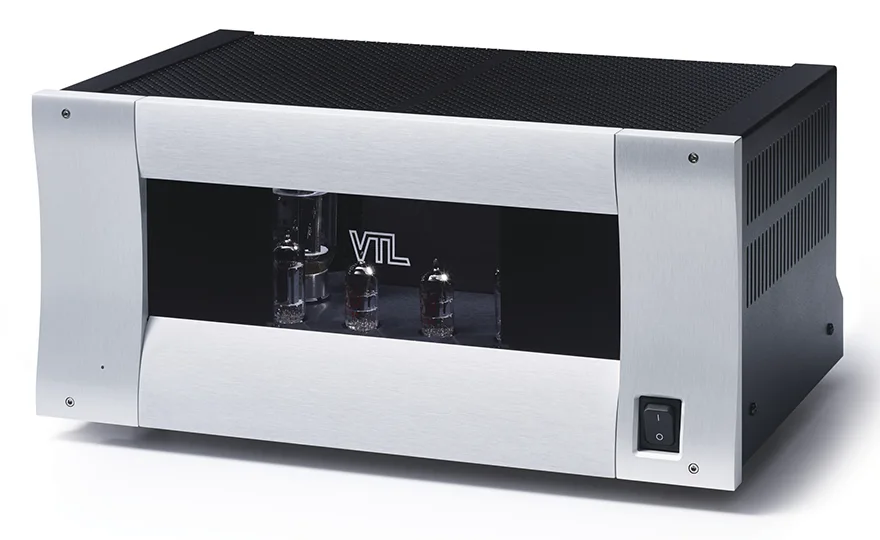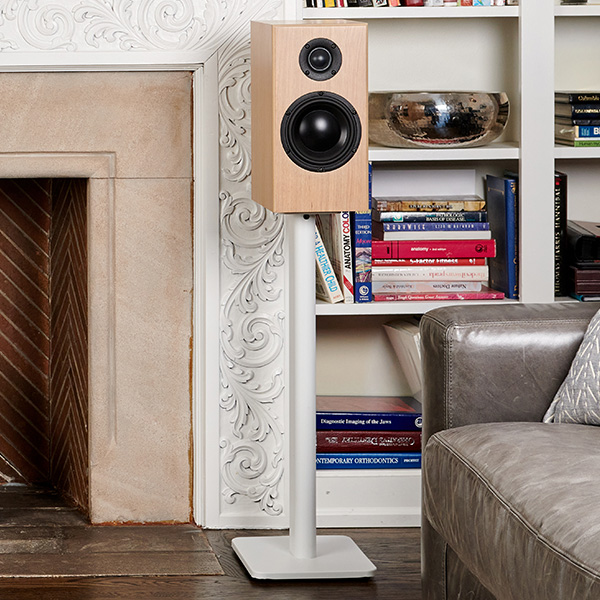
Exploring the Sonic Differences Between Tubes and Transistors
If you’ve ever sat back with a copy of Kind of Blue spinning on the turntable or queued up Dark Side of the Moon in full-resolution digital glory, you’ve probably wondered: would this sound better through a tube amp or a solid state? It’s one of high-end audio’s most enduring debates—and one that’s deeply personal, too. Audiophiles around the world have strong preferences, and for good reason: tube and solid state amplifiers don’t just look different inside; they sound different in ways that are both measurable and magical.
Let’s break down what makes these two types of amplifiers unique, and help you decide which one might be the best match for your listening preferences and loudspeakers.
Tube amplifiers (also known as valve amplifiers) use vacuum tubes to amplify the signal. These glowing glass tubes are the OGs of amplification—dating back to the early days of radio—and they require high voltages, careful biasing, and some serious heat management. Tube amps are often point-to-point wired by hand, with fewer circuit board components and a more minimalist signal path.
Solid state amplifiers, on the other hand, use semiconductor components—typically transistors—to amplify the signal. They are generally more efficient, run cooler, and are far less sensitive to physical shock or component aging than their tube-based counterparts. They can pack more power into smaller spaces and are easier (and cheaper) to manufacture at scale.
So, the core difference lies in the amplification method: tubes use vacuum technology to create their magic, while solid state relies on transistors and integrated circuits.
This is where the fun begins—and where the arguments usually start.
Audiophiles describe tube amps as sounding warm, lush, and musical. This is partly due to the harmonic distortion they introduce—specifically even-order harmonics, which are naturally pleasing to the ear. Vocals often seem more lifelike, acoustic instruments take on a more organic character, and the midrange—where most of the emotional content of music lives—feels richly textured.
Put on Norah Jones – Come Away With Me or Fleetwood Mac – Dreams and you’ll feel wrapped in a sonic blanket, especially if you’re listening through efficient, high-sensitivity speakers.
However, tube amps generally have looser bass response and can struggle with low impedance loads or inefficient speakers. They tend to emphasize emotion and tone over surgical precision.
Solid state amps are known for their accuracy, speed, and tight low-end. They deliver more power with greater stability and are better suited for driving difficult speaker loads. If you want thunderous bass, sparkling highs, and holographic imaging, a high-quality solid state amp can deliver it with surgical precision.
Play Daft Punk – Random Access Memories or Tool – Fear Inoculum and you’ll notice the grip and control a solid state amp brings—especially in complex passages or bass-heavy sections. There’s less “romanticizing” of the music and more of a “straight from the studio” kind of realism.
But to some ears, that realism can feel a bit clinical or dry, especially in the midrange.
| Feature | Tube Amplifiers | Solid State Amplifiers |
| Sound Character | Warm, rich, harmonically pleasing | Neutral, fast, accurate |
| Bass Performance | Rounded, sometimes loose | Tight, controlled, impactful |
| Power Output | Lower, often under 50W | Higher, often 100W+ |
| Efficiency | Less efficient, runs hot | Highly efficient, runs cool |
| Maintenance | Tubes wear out, need replacement | Low maintenance, more robust |
| Speaker Matching | Best with efficient, high-impedance speakers | Handles low-impedance, power-hungry speakers well |
| Aesthetics | Classic, glowing tubes | Sleek, modern designs |
| Pricing | Often more expensive per watt | More options at lower price points |
Tube amplifiers shine brightest when paired with high-sensitivity speakers (90dB or higher) and a benign impedance curve. Horn-loaded speakers, single-driver designs, and efficient floorstanders are all great candidates. This lets the amp do more with less power, preserving the tube amp’s magic without distortion.
Solid state amplifiers are the go-to for power-hungry speakers—especially those with low sensitivity (below 88dB) or complex impedance curves. If your speakers like to dip below 4 ohms or need serious current delivery, a solid state amp is the safer bet.
And if you’re running a subwoofer or need high SPL for home theatre or large rooms, the raw power of solid state will serve you well.
Tube amplifiers typically cost more per watt than solid state amps. That’s because they’re often handmade, require higher-quality parts to maintain stability, and demand expensive tubes that need periodic replacement.
For example, a well-regarded 20W tube amp could cost the same as a 100W solid state amp with comparable build quality. But remember—it’s not just about power. It’s about how the amp delivers sound.
Solid state offers better value for those who want power, reliability, and less fuss. You can find exceptional performance at reasonable prices. Tube amps, by contrast, tend to appeal to purists and romantics who are chasing a very specific, intoxicating sonic signature.
That depends entirely on you.
If you value musical warmth, intimacy, and emotional engagement—especially for jazz, vocal, folk, or acoustic music—you’ll probably fall in love with a tube amp.
If your playlist includes electronic, rock, orchestral, or dynamic film scores—and you crave grip, speed, and headroom—a solid state amp might be your soulmate.
There’s also a third path: hybrid amplifiers, which combine tubes in the preamp stage with solid state output stages, offering the best of both worlds. But that’s a topic for another article.
Whether you’re sipping scotch and spinning Miles Davis, or cranking up Radiohead on a Sunday morning, the amplifier you choose can transform your listening experience.
Tube and solid state amps each offer unique strengths—and when paired with the right speakers, both can deliver unforgettable musical moments.If you enjoyed this article, be sure to check out more audiophile insights and high-end audio tips in the News + Reviews section of our website.
Share this article with your friends!


Get the latest info on new products, events, contests and more!

